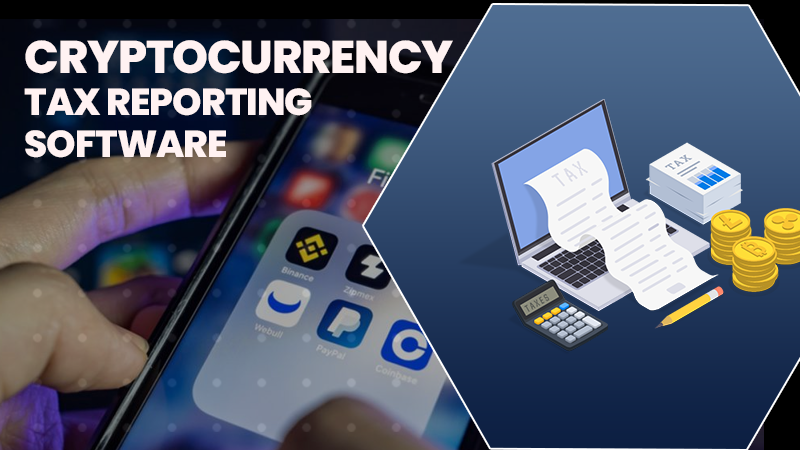Gold IRA Company | Why Investors Like Gold?
In times of uncertainty, investors frequently turn to alternative assets, like gold. Let’s set things straight: gold is not an asset that generates income. Compared to stocks and bonds, which can give you dividends every month, gold’s return may happen for the long term, and it may vary depending on the increase in value of the metal over time.
Also, it does not compound. Hence, it doesn’t generate any cash flow at all. You might wonder, why do investors like gold?
1. Potential Returns
The thing is, the potential returns are the long-term drivers of gold. Depending on the situation of the economy, stocks may have outperformed gold, but this yellow metal can also do so. Although precious metals may not always beat them, gold has produced positive returns over the long term, frequently outperforming other major asset classes, making it a comfort asset in any portfolio.
Given its scarcity, there has been a rise in the price of gold, a soaring high, in recent years. Last year, precious metal funds generated an average return of 26.84 percent (read more). Having that in mind, many investors believe that the gold market can rise in value, particularly in light of the current economic situation.
2. Liquidity
This yellow metal is highly liquid. Anyone in the market, both buyers and sellers, can purchase or sell this asset at a stable price, also known as their “spot price,” to take advantage of the gold market’s favorable conditions. As you may be aware, investing in precious metals entails sitting back and waiting for their value to rise to make a profit. For this reason, purchasing precious metals at a lower price and selling it at a higher price is a good strategy because it allows you to benefit from their liquidity.
Furthermore, in an IRA, investing in precious metals means you’re investing for your retirement. You must be at least 59 ½ years old to withdraw funds (including the income) from a gold IRA without paying penalties. Once you reach that age, you can liquidate your assets and receive the cash value or take possession of your bullion.
Or, if you need cash for an emergency, you can liquidate this inert metal through an early withdrawal. Though, you might be subject to a 10% early withdrawal penalty.
Also Read: ETF vs CFD: Know the Difference
3. Low Correlations
Gold, being called the “safe haven” asset, is true for a reason. It typically behaves differently from the market of stocks and bonds. That is, if the value of the stock market declines, the value of precious metals may rise, and vice versa. Furthermore, it negatively correlates with other assets, often shown during economic distress and market turmoil. Also, the correlation is close to zero when the market is peaceful.
Simultaneously, it has historically had a negative relationship with the US dollar. Gold’s price tends to rise in tandem with inflation when the latter increases. As a result, when the dollar’s value falls, the worth of this metal can outperform the value of other financial assets.
4. Portfolio Diversifier
Any type of investment entails some level of risk. Hence, gold has the potential to provide both gains and losses. But unlike stocks and cryptos, it exhibits lower volatility. Including 10% of precious metals enhances the risk-return balance characteristics of your portfolio, which can reduce the volatility of your portfolio’s overall performance.
At the same time, including this metal as a portfolio diversifier can provide you with a safety net when other market forces are crumbling. This is because it does not typically move in tandem with other assets, as mentioned.
5. Valuable
Many factors influence the price of this inert metal, including supply and demand, which makes this yellow metal highly volatile for some reason. When looking at the short term, investing in this metal may not yield the best results. On the other hand, in terms of long-term asset value preservation, it has always maintained its significance for many years already. The fact that it has proven to be a valuable hedge in times of trouble speaks volumes. As a result, it is worthwhile to consider including precious metals in your investment strategy.
How to Invest in Gold?
Investing in precious metals is simple. However, there are numerous technicalities that you may encounter. Knowing how the market operates is essential before you invest a portion of your retirement savings in this inert metal because we’re talking about your retirement safety net here.
The first step is to establish a self-directed IRA (link: https://sduptownnews.com/everything-you-need-to-know-about-gold-ira/), a type of retirement account that you can manage directly. This account is made with tax advantages, perfect for your retirement planning. Upon opening an account, decide whether to get tax-deferred (traditional IRAs) or after-tax contributions (Roth IRAs). Either of the two, you can get tax breaks. You can open an account through a custodian and a gold IRA company.
In a self-directed IRA, you’re not limited to just gold. Unlike traditional IRAs, this account permits their investors to hold a greater variety of investment products. You can invest in alternative assets like silver, palladium, platinum, and other IRS-approved metals.
After doing so, you’ll need to put funds to invest in a precious metal of your choice. Take note that you’ll have to pay for other services and transactional fees that might include holding physical bullion, including the IRS-approved metals depository and custodial fees. Make sure to transact with a reputable IRA company to avoid becoming a victim of fraud.











Share